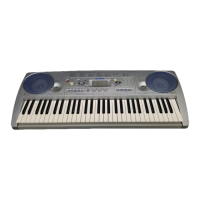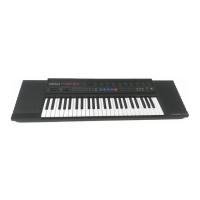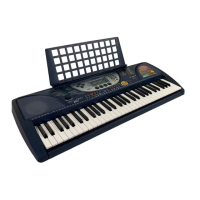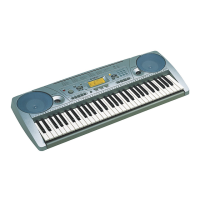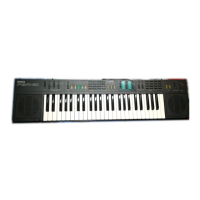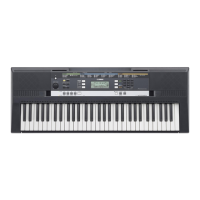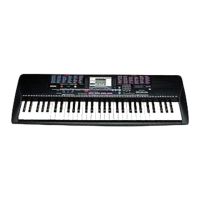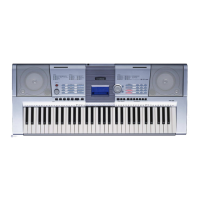Why is there no sound from my Yamaha PSR-270 or connected MIDI device?
- SSharon ParkerAug 17, 2025
If there is no sound on either the PortaTone or the connected MIDI device, If Local Control (Function #84, page 97) is set to “off,” the PortaTone voices will not sound even when playing the keyboard. If Keyboard Out (Function #82, page 97) is set to “off,” the connected MIDI device will not sound when playing the PortaTone keyboard.


